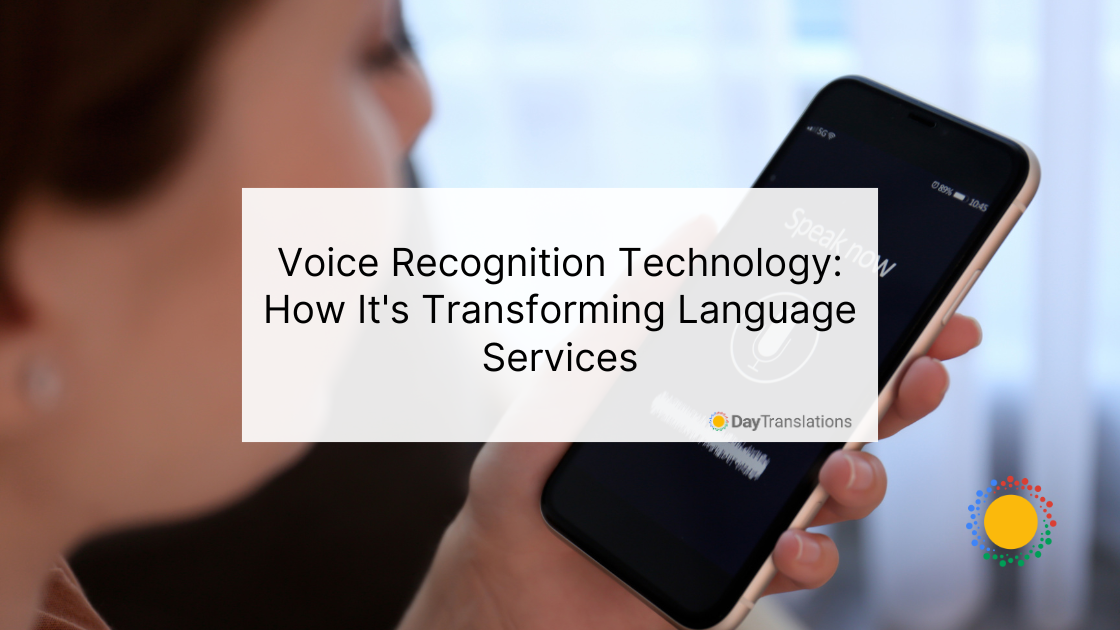Voice recognition technology has come a long way since its early days. From basic voice commands to advanced language processing, it has revolutionized the way we interact with machines. But did you know that it’s also transforming language services? Let’s dive into how this amazing technology is changing the game.
What is Voice Recognition Technology?
Voice recognition technology allows computers and devices to understand and process human speech. It involves converting spoken words into text or commands that machines can understand. This technology relies on complex algorithms and artificial intelligence to accurately interpret speech.
How Does It Work?
Voice recognition systems work by analyzing the sound waves produced by your voice. These systems break down the waves into smaller segments and match them with phonemes, the building blocks of words. Advanced systems use machine learning to improve their accuracy over time by learning from different accents, pronunciations, and languages.
Improving Translation Services
One of the most significant impacts of voice recognition technology is on translation services. Here’s how:
Real-Time Translation
Imagine speaking into your phone in English and having it instantly translated into Spanish for your friend to hear. That’s real-time translation in action! Voice recognition technology can quickly convert spoken language into another language, making conversations smoother and more natural.
Increased Accuracy
Gone are the days of awkward and inaccurate translations. Modern voice recognition systems are incredibly accurate, thanks to continuous learning and vast amounts of data. This means translations are more reliable and nuanced, capturing the true meaning of the spoken words.
Enhancing Accessibility
Voice recognition technology is also breaking down barriers for people with disabilities. Here’s how:
Helping the Hearing Impaired
For those who are deaf or hard of hearing, voice recognition technology can convert spoken language into text in real-time. This can be incredibly useful in everyday situations, such as following along with a conversation or understanding a lecture.
Supporting the Visually Impaired
Voice recognition technology can assist visually impaired individuals by allowing them to use voice commands to interact with devices. This can make using technology more accessible and less frustrating.
Streamlining Business Operations
Businesses are also benefiting from the advancements in voice recognition solutions. Here’s how it’s making a difference:
Customer Service
Many companies are using voice recognition to improve customer service. Automated phone systems can now understand and respond to customer inquiries, providing quick and efficient service. This not only saves time but also enhances the customer experience.
Transcription Services
Voice recognition technology is transforming transcription services by providing fast and accurate transcriptions of meetings, interviews, and more. This can save businesses time and resources, allowing employees to focus on more critical tasks.
Fun and Engaging Uses for Voice Recognition Technology
Voice recognition tech isn’t just for serious applications; it can also be fun and engaging! Here are a few examples:
Language Learning
Apps like Duolingo and Babbel are using voice recognition to help users practice speaking new languages. By giving instant feedback on pronunciation, these apps make learning a new language more interactive and enjoyable.
Personal Assistants
Personal assistants like Siri, Alexa, and Google Assistant use voice recognition to help users with a variety of tasks. Whether it’s setting reminders, playing music, or answering questions, these assistants make daily life more convenient and fun.
The Future of Voice Recognition Technology
Voice recognition tech is continually evolving. Here’s a glimpse into what the future might hold:
More Languages
As technology improves, we can expect voice recognition systems to support even more languages. This will make global communication easier and more accessible.
Enhanced Personalization
Future voice recognition systems will likely become even more personalized, understanding individual speech patterns and preferences. This will make interactions with technology even more seamless and intuitive.
Integration with Other Technologies
Voice recognition tech will continue to integrate with other emerging technologies, such as augmented reality and virtual reality. This could open up new possibilities for education, entertainment, and beyond.
Conclusion
Voice recognition tech is transforming language services in ways we never imagined. From improving translation accuracy to enhancing accessibility and streamlining business operations, its impact is far-reaching. As the technology continues to evolve, we can look forward to even more exciting advancements. So, next time you use a voice command or speak into a translation app, remember the incredible technology at work behind the scenes!












Sorry, the comment form is closed at this time.